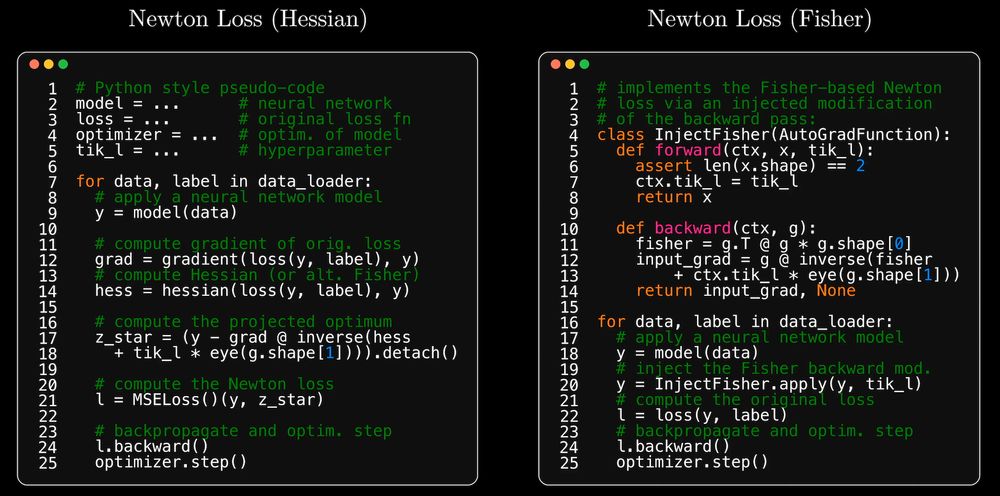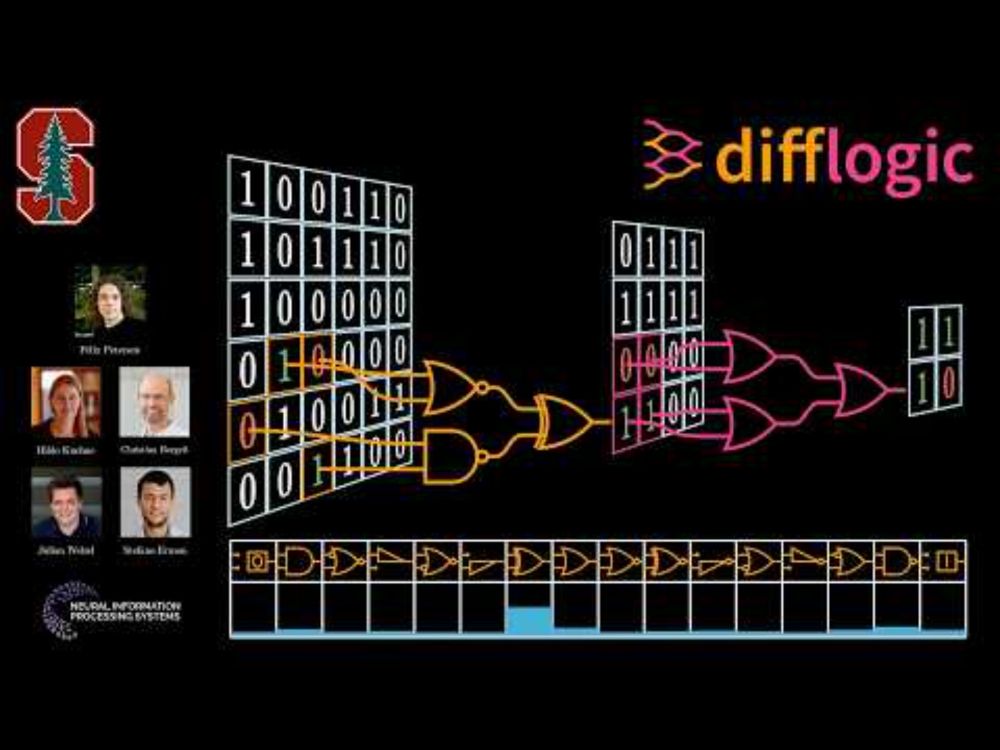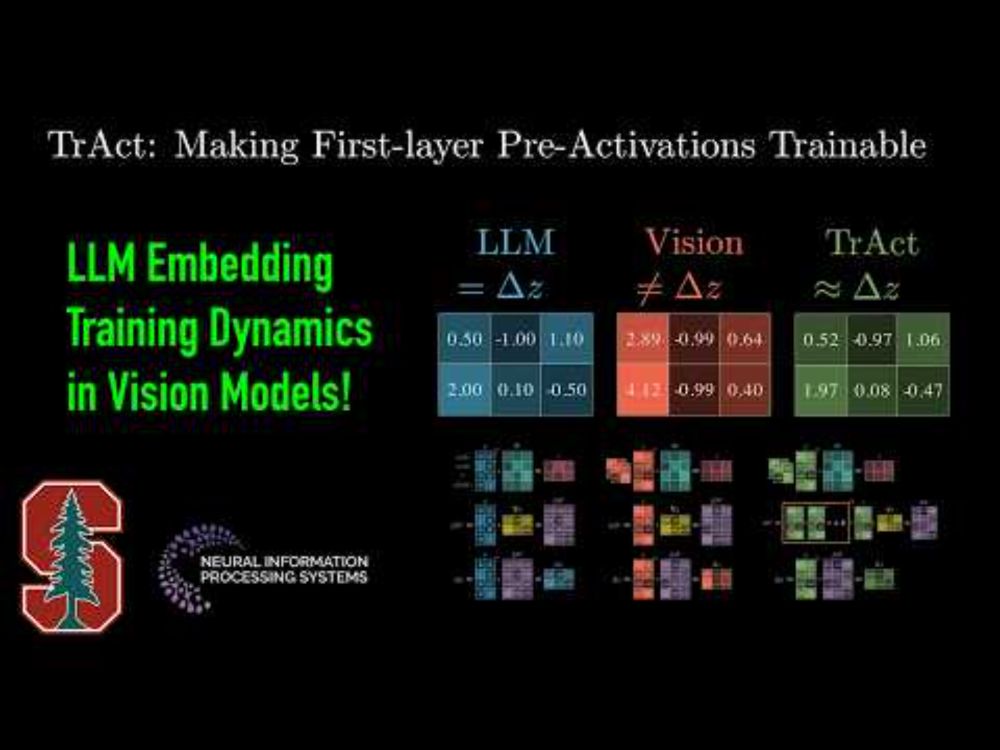
We benchmark TrAct on a suite of 50 experimental settings.
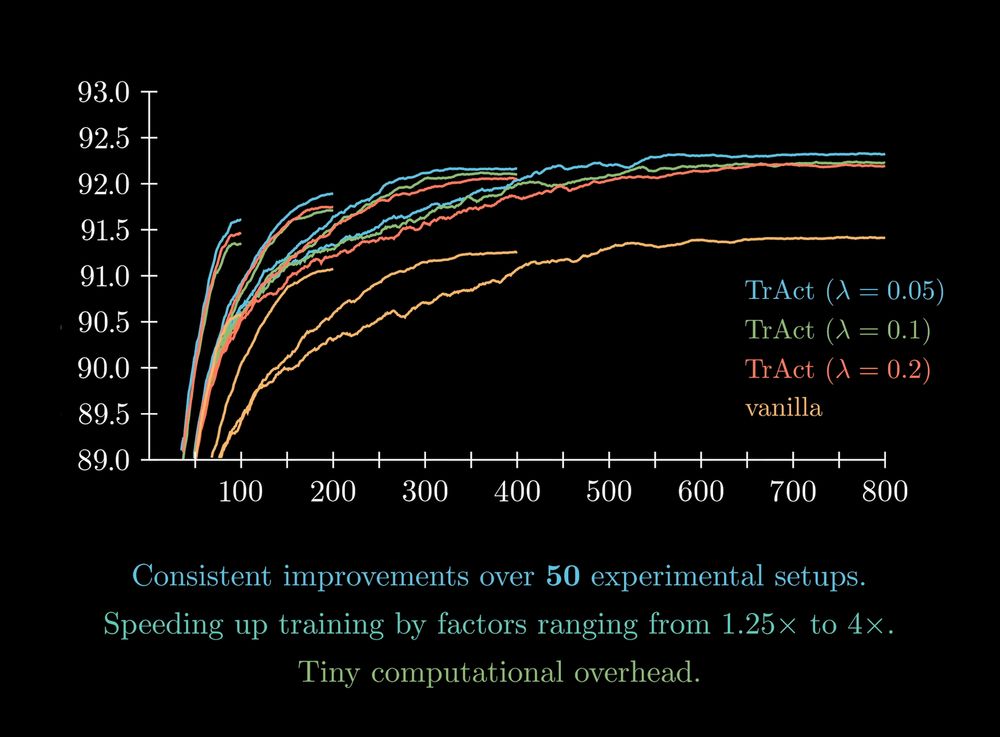
We benchmark TrAct on a suite of 50 experimental settings.

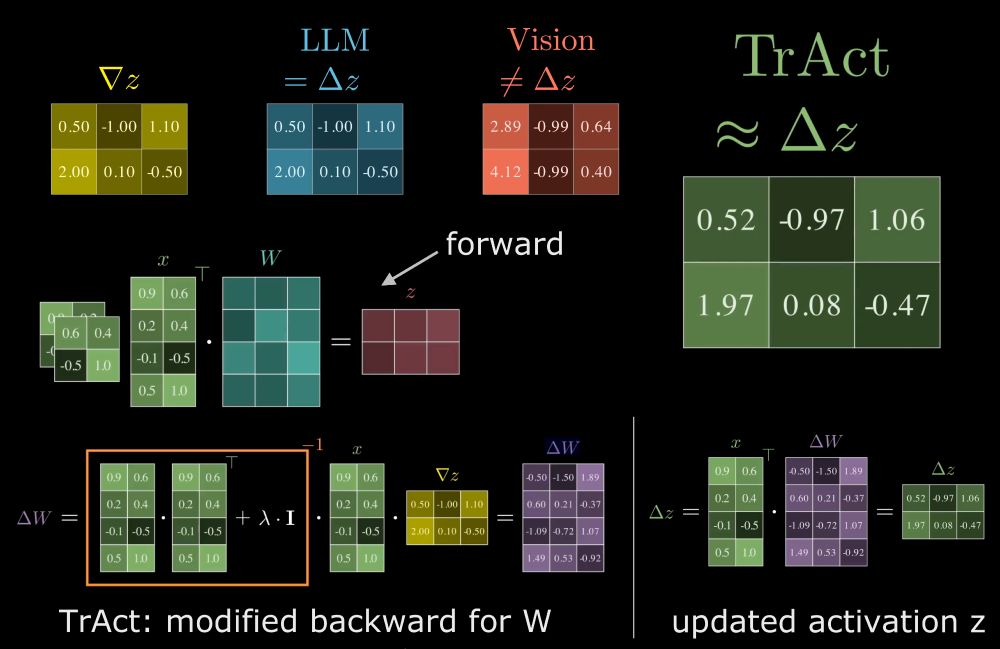

* in LLMs we update Embeddings (/activations) directly
* but in Vision models we update the *weights* of the first layer, which causes indirect updates to the Activations (/embeddings)
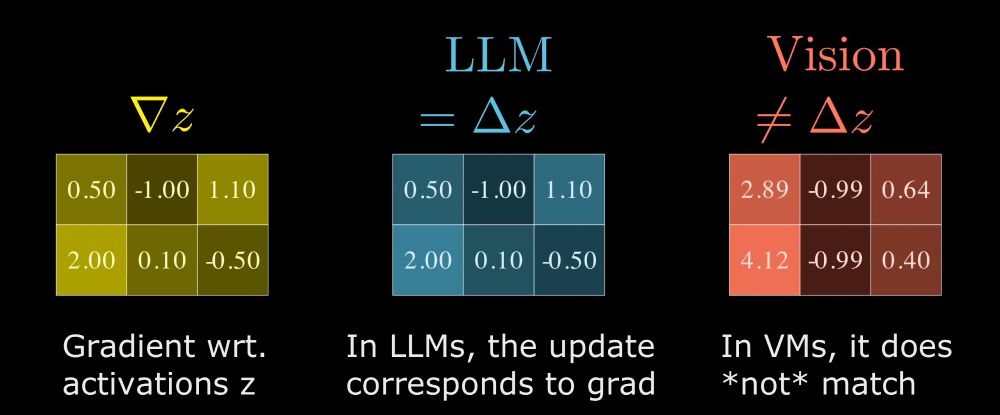
* in LLMs we update Embeddings (/activations) directly
* but in Vision models we update the *weights* of the first layer, which causes indirect updates to the Activations (/embeddings)

Also a shout-out to the authors of the methods we build on: @qberthet.bsky.social @mblondel.bsky.social @marcocuturi.bsky.social @bachfrancis.bsky.social ky.social
Also a shout-out to the authors of the methods we build on: @qberthet.bsky.social @mblondel.bsky.social @marcocuturi.bsky.social @bachfrancis.bsky.social ky.social
